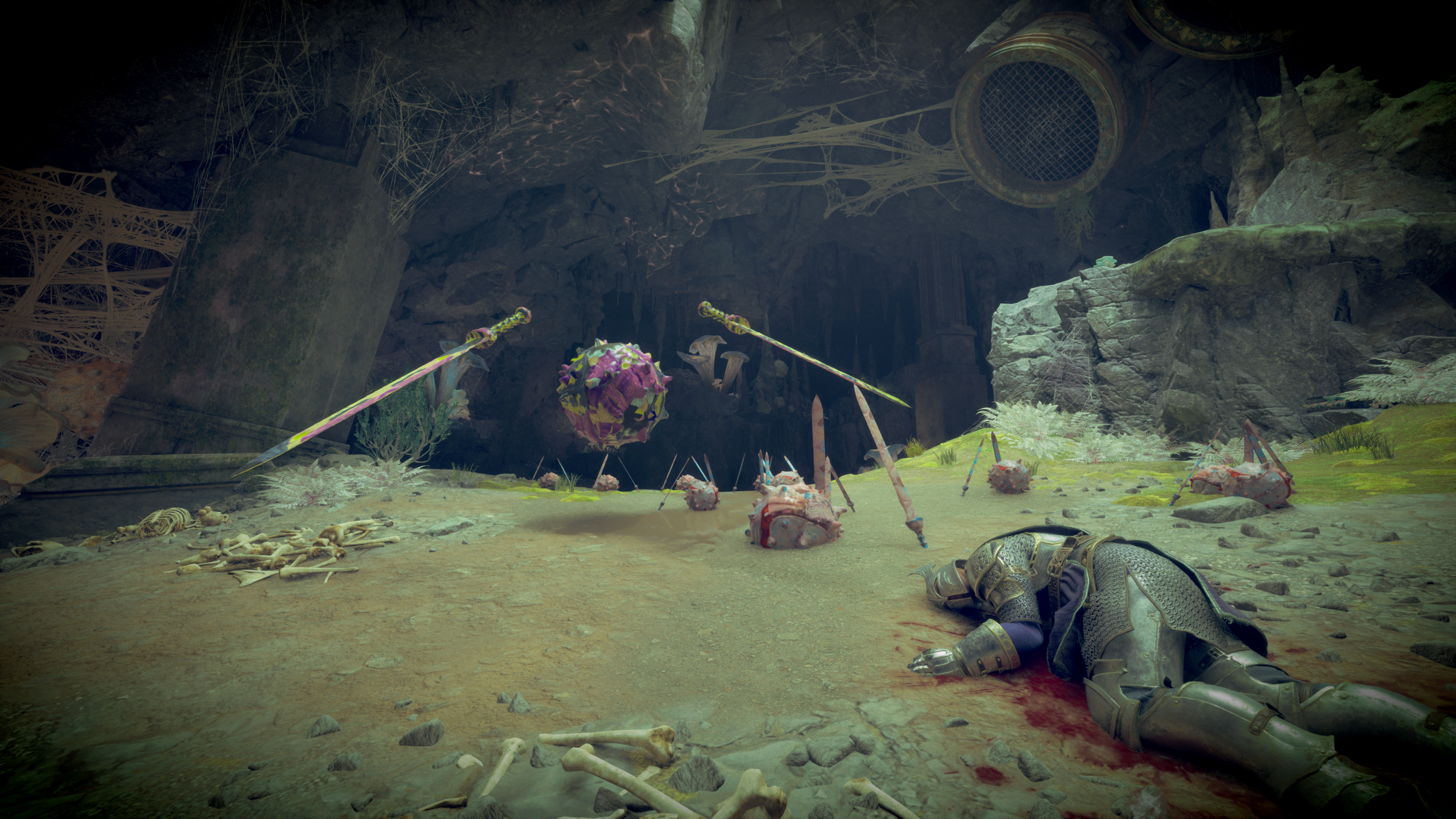Recovery from Autistic Burnout: Essential Lifestyle Changes
MindShift Works guides you through recovery from autistic burnout with lifestyle changes, sensory tools, and career tips tailored for lasting well-being.

Introduction
Burnout isn't just a buzzword. For many autistic individuals, burnout is a deeply personal, exhausting, and often misunderstood experience. It's more than tiredness. It's a full-body crash triggered by prolonged stress, sensory overload, and constant masking. At MindShift Works, we understand the depth of this challenge, and we are here to offer support, awareness, and actionable lifestyle changes that can guide you toward real recovery from autistic burnout.
Understanding Autistic Burnout
Autistic burnout often feels like a fog that won't lift. Unlike everyday stress, it is rooted in long-term emotional exhaustion and is often the result of years of adapting to environments that aren’t designed with neurodiversity in mind. Common signs include difficulty with executive function, extreme fatigue, loss of skills, and even withdrawal from daily life. For some, even speaking becomes a challenge.
Recovery from autistic burnout isn’t as simple as taking a few days off. It’s about reconstructing a life that allows for rest, self-expression, and boundaries. This process can be slow, but it is possible with consistent, mindful changes.
Rethinking Productivity and Rest
One of the most radical yet essential changes is rethinking what productivity means. At MindShift Works, we believe that healing begins when rest is treated as a priority rather than a reward. For individuals recovering from autistic burnout, traditional definitions of success and output need to be reframed.
Schedules should be flexible. Goals should be gentle. Allowing time to rest without guilt is not laziness it’s a foundation for rebuilding mental and physical strength. Recovery also includes structured downtime. Creating restful routines, whether it's quiet time, stimming, nature walks, or digital detoxes, helps reduce sensory overload.
Creating Sensory-Friendly Spaces
Environments play a critical role in recovery from autistic burnout. Sensory overwhelm is one of the main contributors to burnout in autistic adults. Making small, meaningful changes in your living space can have a big impact. Use noise-canceling headphones. Adjust lighting. Keep textures and colors around you calming. Use scents or tactile items that bring comfort.
These adjustments offer more than comfort—they offer a way to regulate and protect energy. At MindShift Works, we advocate for the development of sensory-friendly spaces both at home and in public environments, and we encourage individuals to voice their needs with confidence.
Emotional Boundaries and Communication
Autistic individuals often face unrelenting social expectations that require masking. Over time, this constant filtering can lead to burnout. Part of recovery from autistic burnout includes learning to set emotional boundaries. Saying "no" to overstimulating situations is an act of self-care.
Developing scripts, using communication aids, or even limiting social interactions to safe, trusted people can dramatically improve emotional well-being. It’s also helpful to inform close friends, coworkers, or family about your needs on your terms. At MindShift Works, we provide guidance on building healthy, respectful communication patterns that protect mental energy.
Nutrition and Physical Well-being
While burnout feels mostly emotional and cognitive, the body is equally affected. Recovery involves tuning into physical needs. This doesn’t require radical diets or extreme fitness plans. It’s about listening to your body. Eating regularly, staying hydrated, and moving in ways that feel good like stretching or short walks can support emotional resilience.
Many autistic adults experience food sensitivities or preferences that impact their eating habits. Creating a supportive routine around food, without pressure, is essential. MindShift Works recommends building eating schedules that honor both sensory comfort and nutritional balance.
Reconnecting With Joy and Passion
Autistic burnout often leads to emotional numbness. Recovery involves reconnecting with joy. That might be through art, music, collecting, gaming, reading, or any activity that feels natural and fulfilling. These aren’t just hobbies they’re anchors.
At MindShift Works, we encourage creative expression as a therapeutic tool. These activities help bring back emotional color to life, reducing the dullness that burnout creates. If you’re not sure what brings you joy anymore, give yourself time to explore. Let your interests guide your healing.
Workplace Accommodations and Career Shifts
Employment environments can be a major source of burnout. If you're returning to work, consider how to build a more supportive professional life. Whether you're looking to re-enter the workforce or shift roles, entry level jobs for autistic adults offer great starting points for rebuilding confidence.
MindShift Works collaborates with individuals to help identify suitable career paths that prioritize mental health, flexibility, and inclusivity. It’s important to consider roles that allow you to set boundaries, reduce social stress, and support gradual transitions. You don’t have to take on the world at once.
It’s also essential to understand your rights as an employee. Knowing what adjustments you can ask for and receiving them can be a game-changer. Learning about employee benefits for autism helps individuals advocate for accommodations that support long-term sustainability at work.
Technology and Digital Detox
Technology is a double-edged sword. On one hand, digital tools can offer routine, expression, and even community. On the other, constant digital stimulation can overwhelm an already exhausted brain. Recovery from autistic burnout often requires a new relationship with technology.
This might mean scheduled phone breaks, using blue-light filters, or turning off notifications. It could also include using apps that track mood, help with routines, or offer mindfulness prompts. At MindShift Works, we explore these tools thoughtfully, emphasizing control over consumption.
Building a Support Network
No one should face recovery alone. Community—whether online or in-person—can be one of the most powerful healing forces. Talking with others who understand your experience can help reduce shame and offer practical advice.
MindShift Works supports the creation of these networks, offering a safe space for neurodivergent individuals to share, connect, and learn from each other. Finding your people is not just comforting—it’s essential to long-term recovery.
Accepting a New Pace of Life
Recovery from autistic burnout doesn’t follow a straight timeline. One of the most important shifts is accepting a slower, more sustainable pace. Society often demands speed, but healing requires patience. Letting go of urgency, perfectionism, and comparisons allows space for real progress.
At MindShift Works, we believe recovery is not about "getting back to normal," but creating a new normal that supports who you truly are. That includes redefining success, setting realistic goals, and treating every small step forward as a victory.
Empowering the Future: Living Authentically
Burnout is not a failure. It’s a signal. A message from your mind and body that your environment and lifestyle are out of sync with your needs. The recovery process isn’t about fixing yourself it’s about freeing yourself.
Through lifestyle changes, compassionate self-care, and informed support, recovery from autistic burnout becomes a journey of self-reclamation. At MindShift Works, we stand with you every step of the way, offering tools, resources, and community to help you rediscover your strength and voice.
Whether you’re seeking better balance, searching for entry level jobs for autistic adults, or advocating for employee benefits for autism, the goal remains the same: to live a life rooted in authenticity, not exhaustion.
And remember your well-being is not a luxury. It’s your right.
What's Your Reaction?
 Like
0
Like
0
 Dislike
0
Dislike
0
 Love
0
Love
0
 Funny
0
Funny
0
 Angry
0
Angry
0
 Sad
0
Sad
0
 Wow
0
Wow
0








































